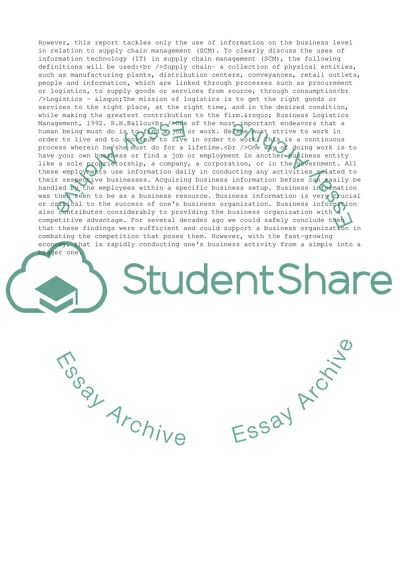Cite this document
(Information Technology For Supply Chain Management Report, n.d.)
Information Technology For Supply Chain Management Report. https://studentshare.org/management/1707473-it-for-supply-chain-management
Information Technology For Supply Chain Management Report. https://studentshare.org/management/1707473-it-for-supply-chain-management
(Information Technology For Supply Chain Management Report)
Information Technology For Supply Chain Management Report. https://studentshare.org/management/1707473-it-for-supply-chain-management.
Information Technology For Supply Chain Management Report. https://studentshare.org/management/1707473-it-for-supply-chain-management.
“Information Technology For Supply Chain Management Report”. https://studentshare.org/management/1707473-it-for-supply-chain-management.


